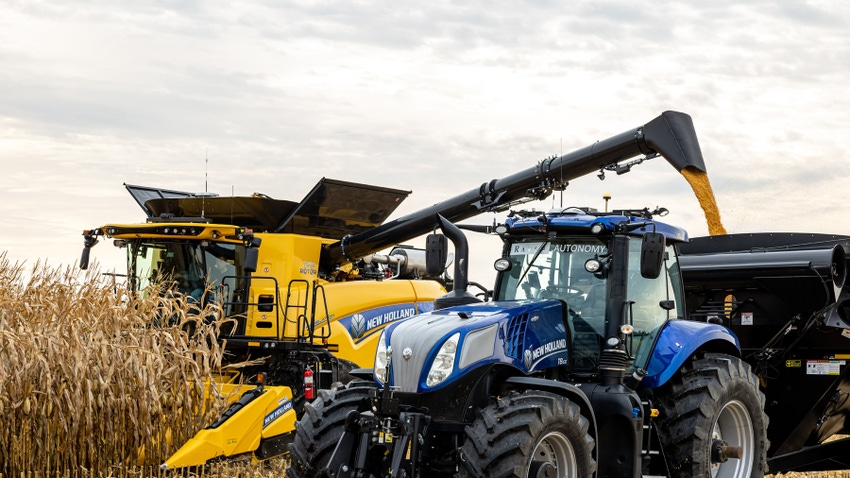
The latest data from the U.S. Bureau of Labor Statistics indicates that the agricultural sector is still the most dangerous in America, with 573 fatalities, or an equivalent of 23.1 deaths per 100,000 workers. Fall harvesttime can be one of the busiest and most dangerous seasons of the year for farmers.
For this reason, the third week of September has been recognized as National Farm Safety and Health Week. This annual promotion initiated by the National Safety Council has been proclaimed as such by each sitting U.S. president since Franklin D. Roosevelt in 1944. National Farm Safety and Health Week is led by the National Education Center for Agricultural Safety, the agricultural partner of the National Safety Council. National Farm Safety and Health Week is Sept. 17-23. The theme this year is “No One Can Take Your Place.”
These figures are especially relevant during harvest season, as farmers are putting in long hours under the stress of weather delays and equipment breakdowns.
What to do
Many farm accidents can be prevented. What if there is an accident? Farm safety experts recommend the following:
Shut off all equipment.
Call 911.
Stop anyone from entering the scene until trained emergency personnel arrive.
If the accident happened in a grain bin and the bin has an aeration blower, turn it on to increase the airflow to help the entrapped person breathe.
Assemble equipment such as front-end loaders, shovels, plywood for cofferdams and portable augers for assistance with a rescue.
If you should become trapped in a grain bin or silo, stay near the outer wall and keep moving. If necessary, you can walk until the bin is empty or the flow stops.
Always pull up long hair and braids when working around equipment. Put hair under a hat for best results. Remove jewelry and earrings when working around PTOs.
Don’t wear clothes with loose sleeves, frayed edges or drawstrings. Avoid long shoelaces.
Keep safety shields and guards in place, even after repairs have been made.
Stay clear of moving parts.
Always shut off augers and machinery equipped with belt and chain drives and rotating pulleys.
Stop the PTO when dismounting from the tractor.
Don’t let children ride on or near a tractor. They can become entangled in the PTO if they slip.
Walk around tractors. Never step over a rotating shaft.
Things happen
Since the 1930s, PTOs have helped farmers harness the power of tractor engines to drive a variety of implements. The tractor powers a shaft that spins at hundreds of revolutions per minute. But PTOs without a shield can grab clothing or hair and wrap it around its revolving shaft.
Bin entrapments are sad reminders that grain storage can be deadly. It takes only five seconds for a person to be caught in flowing grain, and less than 20 seconds to be sucked into the center of the grain, buried and suffocated, according to farm safety experts. A child can be buried in far less time.
If you find yourself trapped in grain, cup your hands around your mouth and nose to create an air pocket, safety experts advise. This may give you enough time for someone to rescue you.
This all may sound like commonsense advice to those of us who live or work on farms, but I have learned commonsense isn’t all that common — especially when you are in a hurry, you are tired or you just “forget.” Things can happen.
Slow down this harvest season and stay safe. The life you save may be your own!
Read more about:
Farm SafetyAbout the Author(s)
You May Also Like






